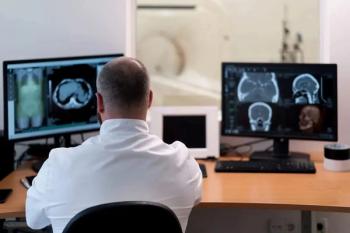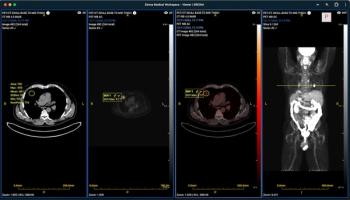
Malpractice Cases Fewer, Communication Still Key
Although 40 percent of surveyed mammographers anticipate a suit in the next five years, in reality 10 percent will face a legal challenge.
Patients are bringing fewer malpractice cases, according to a malpractice update presentation held Tuesday at the American Roentgen Ray Society (ARRS) annual meeting.
If you are going to get sued, it's most likley to be related to failure to diagnose lung or breast cancer, according to Leonard Berlin, MD, vice chair of radiology at NorthShore University Health System in Chicago.
Guilty verdicts are most common in birth injury and breast cancer suits at about 50 percent, said Berlin.
Still, it's important not to get paranoid. Only 10 percent of mammogrpahers will face a claim in the next five years, but 40 percent of those surveyed expect one, according to Berlin.
Berlin's main point was that radiologists who communicate well are sued less often, regardless of technical skill. (
That has been clear for years.
For advice on avoiding claims, peruse this article, with details straight from plantiff attorneys:
Newsletter
Stay at the forefront of radiology with the Diagnostic Imaging newsletter, delivering the latest news, clinical insights, and imaging advancements for today’s radiologists.





























